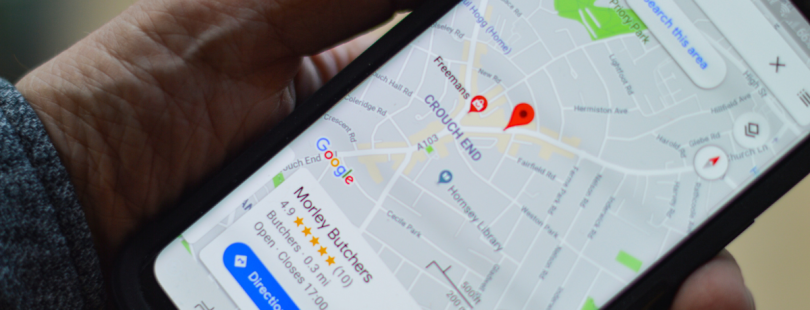E-commerce is highly competitive and when creating ads, it can seem like you’re a fish getting lost in the sea, but it’s all about capturing their attention and crafting the right message to find success in your advertising efforts.
To make your brand stand out, you need to go beyond the ordinary and get creative. Lucky for you, I have some helpful tips on how to craft the perfect ads that get seen in a sea of brands.
Show Them What You’re About, Don’t Just Tell Them
To create ads that stand out, focus on showing rather than telling. Consumers are bombarded with information daily, so it’s important to make your ads visually compelling.
Let your audience see how your product or service can improve their lives, solve their problems, or fulfill their desires. This creates a powerful emotional connection and makes your ad more memorable.
The Design is a Major Portion of the Success of the Ad
The design of your ad plays a significant role in its success. Pay attention to the visual elements, such as color schemes, typography, and layout.
Additionally, don’t forget to design for a specific niche, use visual metaphors, and always have a call to action.
Provide Multiple Options to Choose From with Carousels
Carousels are a fantastic tool to make your e-commerce ads more engaging and interactive. Instead of limiting your ad to a single static image, create a carousel of images or products to choose from.
This provides your audience with a more immersive ad experience where they feel like they are in charge of what they are purchasing.
Promote Your PR
Use your PR efforts to make ads. Highlight any positive mentions, reviews, awards, or media coverage in your campaigns.
User-generated content, such as testimonials and reviews, can add authenticity and credibility to your ads as well.
Social proof is a high-performing tool in marketing, and it can make potential customers feel more confident in choosing your products.
Creating e-commerce ads that stand out in a large marketplace is essential for brand success.
By using these advertising strategies, you’ll not only make your brand stand out but also effectively capture the attention and interest of your target audience, leading to increased engagement and conversions.
Read More














